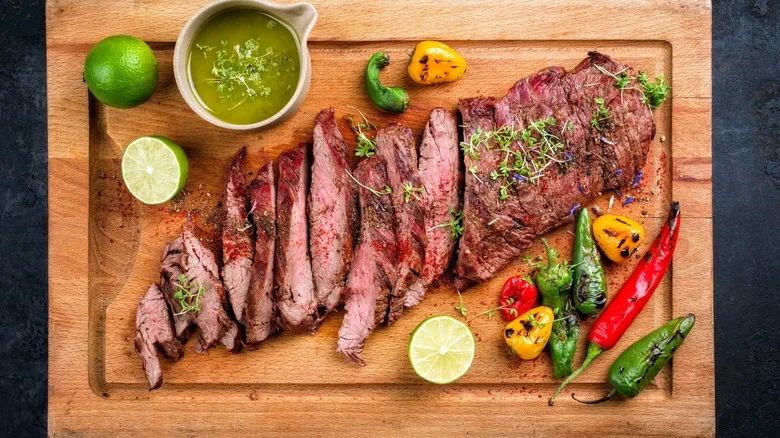A bib, not a skirt
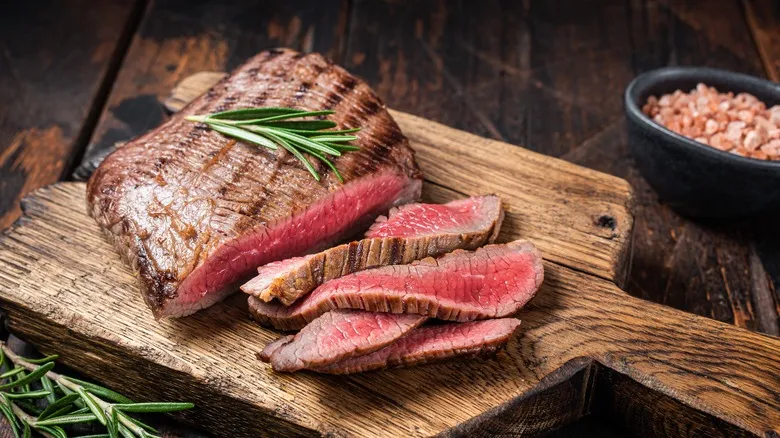
Although bavette steak looks similar to skirt steak, the two cuts are not interchangeable. Many people mistakenly believe that bavette steak comes from the same part of the cow as skirt steak because of their resemblance. In reality, skirt steak is cut from the underside of the cow, while bavette steak is taken from the sirloin, which is located in the middle of the cow's back. This distinction is important. Despite their similar appearance, the two steaks offer very different flavors and textures, and knowing how bavette differs from skirt steak can enhance your culinary experience.
One major difference lies in their texture. Bavette steak is generally more tender than skirt steak. When it comes to flavor, skirt steak boasts a stronger, beefier taste, making it more pronounced compared to bavette steak. This characteristic makes bavette steak ideal for marinating, as it can better absorb bold flavors, and its tenderness makes it perfect for sandwiches and various dishes. However, the milder flavor of bavette steak doesn’t mean it lacks appeal. Thanks to its marbling and relatively loose texture, it retains moisture effectively and remains juicy.
Best ways to cook your bavette steak
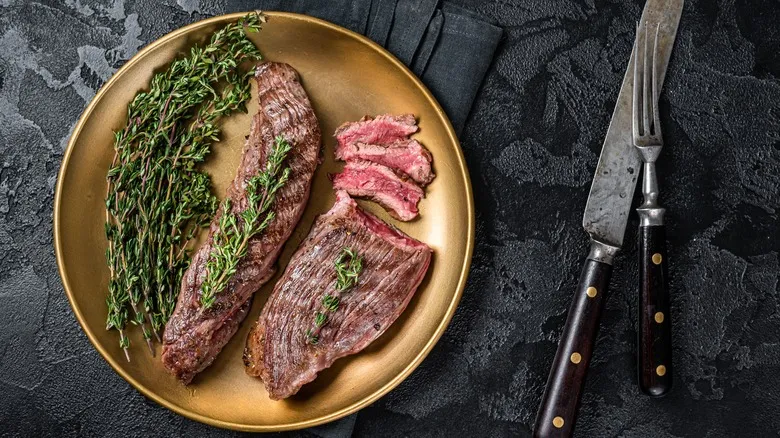
When preparing your bavette steak, also known as flap steak, there are several key tips to ensure optimal results. First and foremost, it's important to cook this cut quickly over high heat. Bavette is a thin steak that doesn't fare well with slow cooking methods, which are better suited for thicker cuts. High temperatures are essential for achieving a nice crust while preventing the center from becoming overcooked.
Keep your bavette steak whole during the cooking process; avoid cutting it beforehand. This makes it easier to flip the steak as it cooks. After cooking, allow the steak to rest before slicing; this step is crucial for retaining its juiciness. When you do slice it, be sure to cut against the grain, a common recommendation for many types of steak. By following these tips, you'll be able to prepare a delicious bavette or flap steak. Once you've tasted a perfectly cooked piece, the name will be secondary to the incredible flavor you'll remember.
Recommended
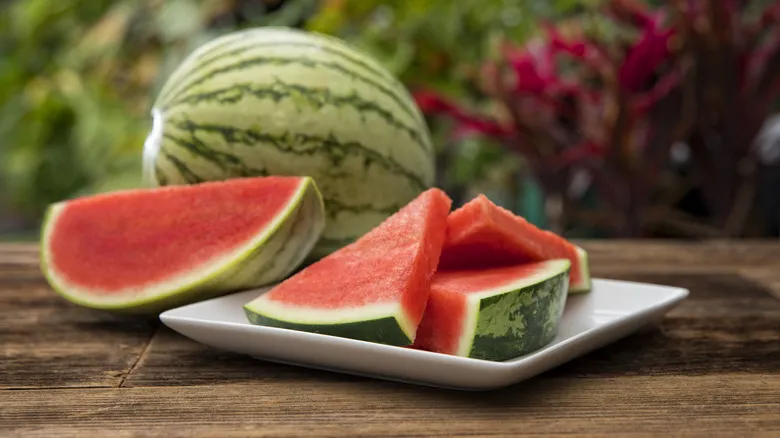
What You Need To Know To Choose The Tastiest Watermelon At The Store

The First Thing You Should Do When You Open A Costco Card

The Reason Your Grocery Store's Dairy Aisle Is In The Back Left Corner
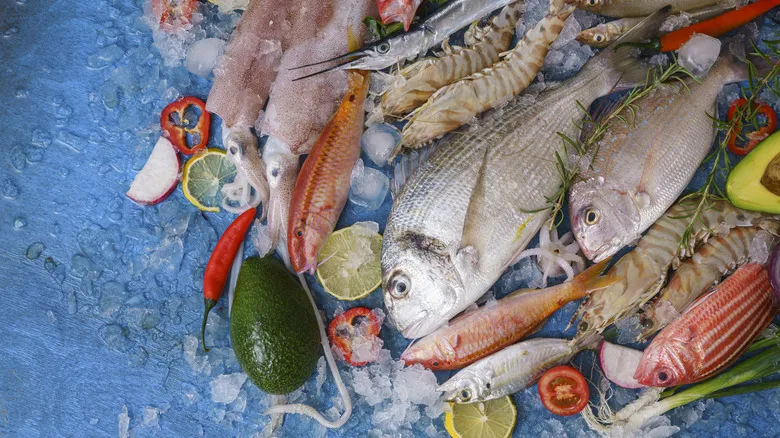
The Biggest Mistakes You Make While Buying Seafood According To A Fishmonger
Next up

